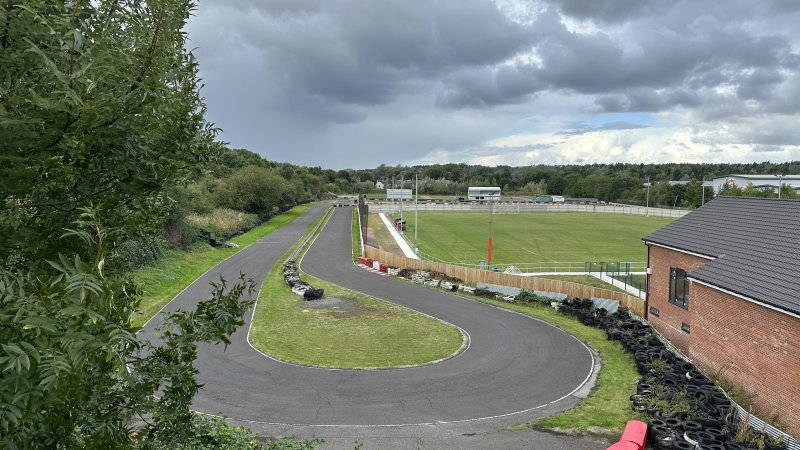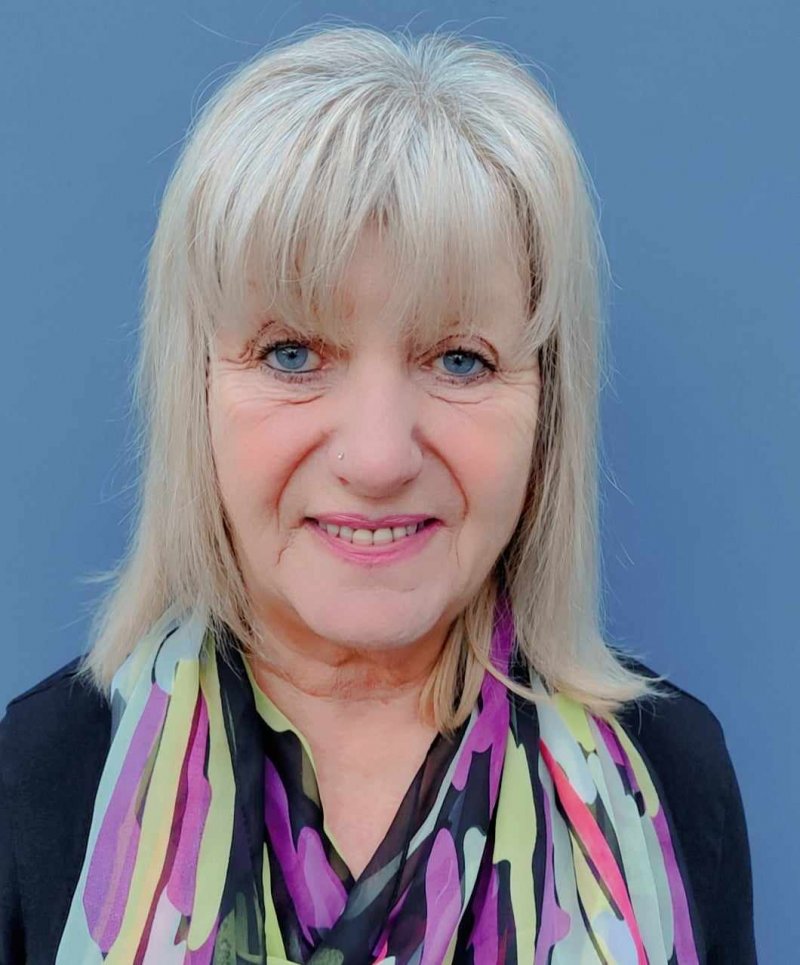AMBITIOUS plans to transform land reclaimed from Barnsley’s ex-mining past to boost nature have been revealed
Chaired by South Yorkshire Mayor Oliver Coppard, a ruling panel will be working alongside Barnsley Council, the Department for Environment, Food and Rural Affairs (DEFRA), the Peak District National Park and wider partners directly involved in developing the local nature recovery strategy.
Its main purpose is to identify locations to create or improve habitats most likely to provide the greatest benefit for nature and the wider environment.
They will also help communities map out the action needed in their area to restore nature, working closely with local stakeholders, from farmers to schoolchildren.
The Chronicle understands a key part of Barnsley’s role in the South Yorkshire-wide scheme will include ex-colliery sites dotted across the borough which have been through a ‘reclamation’ period - effectively allowing worked land to recover naturally - in order to continue their recovery.
An example is Rabbit Ings, in Royston, which was turned into a country park and been a spoil heap for Monckton Colliery and then the Royston Drift Mine which closed in 1989.
Mr Coppard said: “Protecting and restoring our natural habitats isn’t simply an added extra, it’s central to the ambition I have as mayor.
“Our natural environment - our green spaces, parks, rivers and trees - are amongst our most important assets.
“They’re part of what makes our area so special to so many but they’re also part of the solution to the problems that we face.
“We can only stop the wildfires and floods that have had such a devastating impact on so many people’s lives, and tackle the climate emergency that we’re in, if we have a big, bold and ambitious plan.
“I’m delighted to be working with this diverse and talented group of experts to develop that plan, and to come up with solutions to some of those challenges.”
Key aspects of the government-backed plan will be the formation of wetlands, restoration of peatlands, planting of trees and hedgerows and more sustainable management of existing woodlands and grasslands.
A total of £14m is set to make its way to the panel, which will be spent by March 2025.
One stakeholder - the Harworth Group - have been involved with multiple schemes across Barnsley, including redeveloping former colliery sites in Little Houghton and Hoyland.
Sustainability director Peter Henry added: “With the increasing drive to meet the UK’s net zero commitments, the introduction of biodiversity net gain and the myriad of emerging sustainability-based policies at both regional and national levels, the need for coordination to develop better understanding of the interaction between the built environment and wider nature recovery across the region is clear.
“I hope to be able to share my experience and knowledge of regeneration, gained over the last decade, to assist the creation and implementation of a local nature recovery strategy that improves the environment for the benefit of all.”
A Barnsley Council report said the strategy will select sites to improve habitats.
It said: “The council is working with the South Yorkshire Mayoral Combined Authority (SYMCA), other local planning authorities and partners to develop the strategy and nature recovery network.
“The strategy will map areas where there is an opportunity to improve habitat connectivity and functionality to guide other policies to ensure the best outcome for biodiversity.
“In collaboration with the four South Yorkshire local authorities and three additional partners, SYMCA commissioned a detailed mapping evidence base of the region’s natural environment.
“The maps are derived from multiple datasets and are modelled estimates of natural environment characteristics.
“The vision of the partnership is to restore and enhance the ecological networks - at its core will be areas of reedbeds, fen, wet grassland, wet woodland and woodland buffered by areas of farmland, amenity grasslands, parklands and reclaimed industrial areas whose biodiversity value will be enhanced.
“‘Stepping stone’ sites exist along the river corridor where habitat should be enhanced and specific measures put in place for key species.”



























